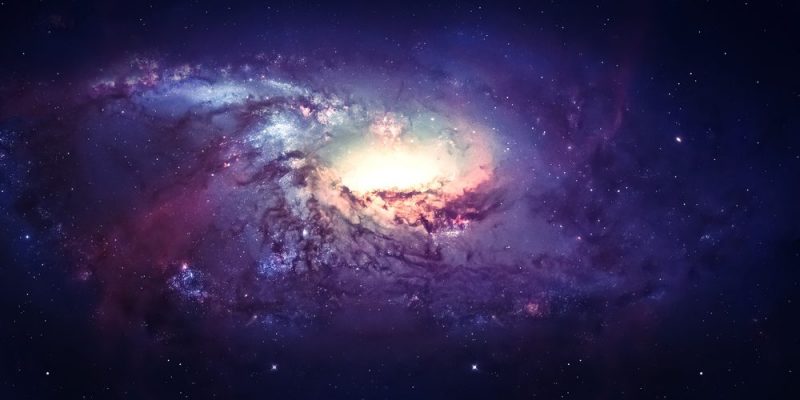We explain what the levels of organization of matter are, the ways in which it can be divided and its main characteristics.

What are the levels of organization of matter?
When we talk about the levels of organization of matter, we refer to the possible divisions or stratifications in which it is possible to study all known matter especially the organic one (living beings), going from a more general and simple perspective to a more detailed one with increasingly complex relationships.
While all matter in the universe It is made up of a finite number of atoms these are combined and organized in such a complex way that the fundamental blocks that constitute it can be lost sight of. Therefore, layers or levels of organization can be identified depending on the dimensions of the study system.
For example, a human being is made of atoms, undoubtedly, of the same type that a planet is made of (let's agree that there will be many more atoms on the planet, given its dimensions), but organized in a different way. The same thing happens between a human being and a cell, since a person contains millions of cells.
The matter is organized into levels of complexity that we can state separately. These are, from smallest to largest:
- Subatomic level. Thanks to atomic physics, we know that atoms are made up of smaller particles, which are protons (with a + charge), neutrons (without a charge) and electrons (with a – charge). The first two are in the nucleus of the atom and the last ones orbit around it.
- atomic level. The fundamental building blocks of matter are atoms, whose classification appears in the Periodic Table of the elements. There are 118 known so far and it is known that everything that exists is made from combinations of these atoms. Two atoms of the same element will always be identical, so the hydrogen atoms in our body, for example, are the same as those in the Sun.
- molecular level. Atoms come together for various reasons that respond to the effects of electromagnetism or chemical bonds due to valence (to share electrons from the outermost shell). This is how molecules are formed, which can be as simple as two identical atoms (O2the oxygen molecule) or be composed of several different atoms (C6h12EITHER6the glucose molecule). These molecules can form increasingly complex structures, such as amino acids and then proteins, essential for life.
- cellular level. A cell is the minimum unit of life: all living things are made up of at least one cell (some of only one of them, called unicellular; others of more than one, called multicellular). The walls of the cell, the enzymes within it, the DNA, everything is made up of extremely complex molecules.
- tissue or tissue level. According to their functions and needs, cells are grouped together in a complex system that is the organism. For example, the cells of a muscle all fulfill the same function and share their physical characteristics. This grouping of common cells is called tissue (for example, muscle tissue, vascular tissue, nervous tissue).
- Organ level. The organs of the body of a living being are made up of tissues. Thus, the heart is made up of cardiac tissue, the liver of hepatic tissue, etc.
- System or device level. The different organs and tissues of the body cooperate, help each other, or function together. The circuits of organs and tissues that carry out specific functions (fundamental for the organism) are known as a system or apparatus, such as the cardiovascular system, which includes the organs involved in circulation and breathing.
- organism level. The total of organs, tissues and cells of a living being make up it, and define it as an individual, that is, an organism. Each living being is unique, although similar to others.
- Population level. Organisms with similar characteristics tend to come together to reproduce, care for each other and share their way of life, in small groups or populations.
- Species level. If we put together all the existing populations of organisms of the same type (that share physical and genetic characteristics), we would have the total of that species on the planet. There are millions of species of living beings on Earth.
- Ecosystem level. Populations and species do not live apart from others, but are interconnected with them through trophic (food) chains in which there are producers, herbivores, carnivorous predators and decomposers. We will call a circuit of species interconnected in this way and located in a specific habitat an ecosystem.
- Biome level. Groups of ecosystems around the same climate or geographic region constitute biomes.
- Biosphere level. The biosphere is the ordered set of all living beings, the inert matter and the physical environment in which they are found and with which they relate in different ways.
- planetary level. Although life as we know it exists only on Earth, until now, this is just one of millions of planets of various sizes and constitutions, orbiting even more massive suns and in eternal fusion of their atomic elements in space.
See also: Origin of matter





